One Day Builds
Adam embarks on one of his most ambitious builds yet: fulfil…
Show And Tell
Adam recently completed a build of the royal St. Edwards cro…
Making
Viewers often ask to see Adam working in real-time, so this …
One Day Builds
Adam and Norm assemble a beautifully machined replica prop k…
One Day Builds
One of the ways Adam has been getting through lockdown has b…
Making
Adam unboxes and performs a quick test of this novel new hel…
Making
When Adam visited Weta Workshop early last year, he stopped …
One Day Builds
Adam tackles a shop shelf build that he's been putting off f…
Show And Tell
Time for a model kit build! This steampunk-inspired mechanic…
One Day Builds
Adam reveals his surprise Christmas present for his wife--a …







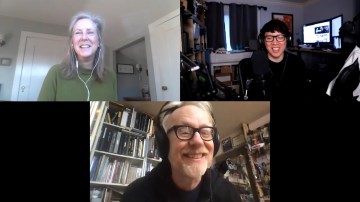
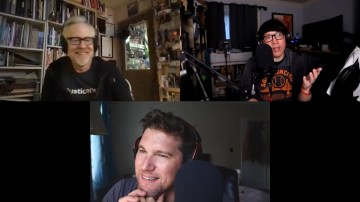
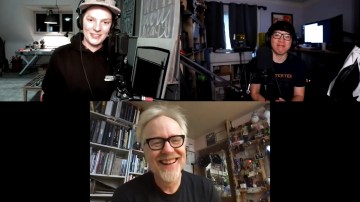
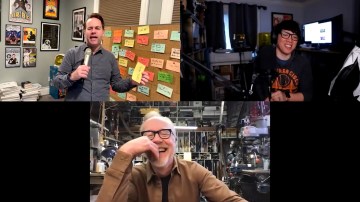

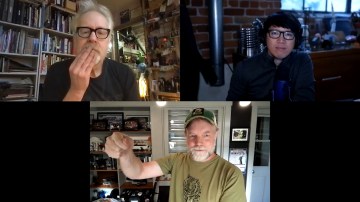
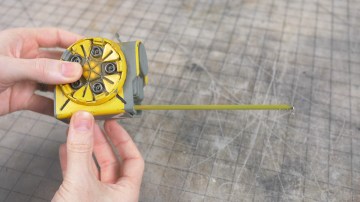


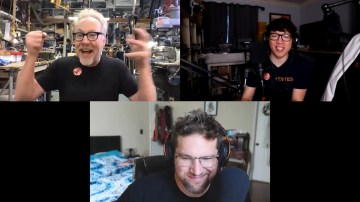
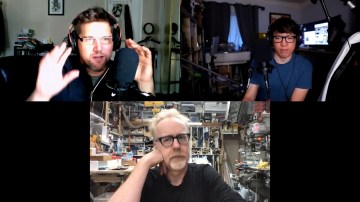
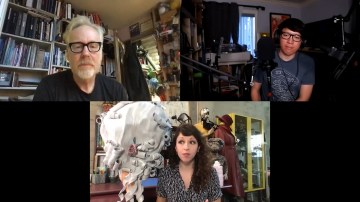
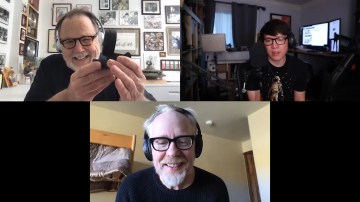
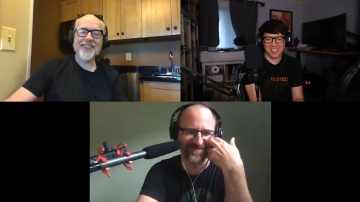
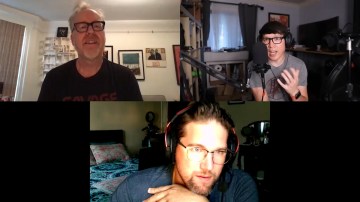
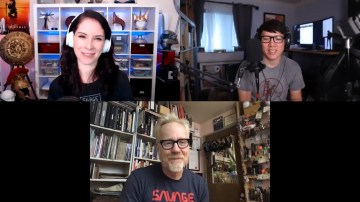
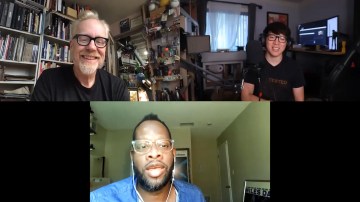
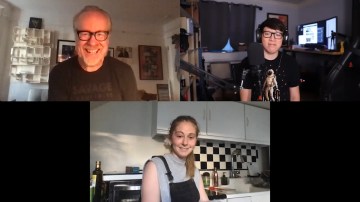

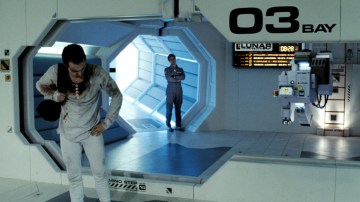


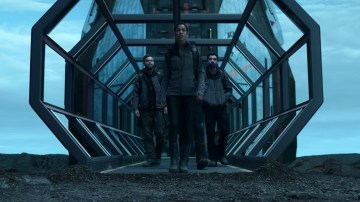
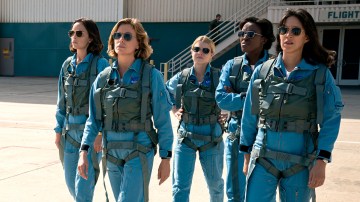

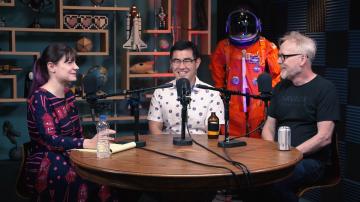

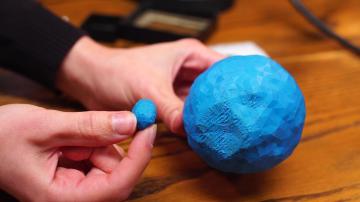

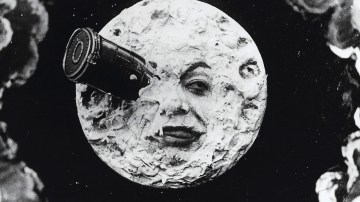
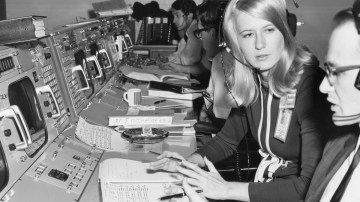
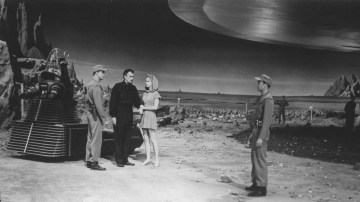

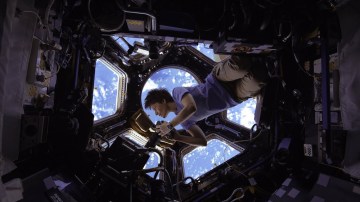

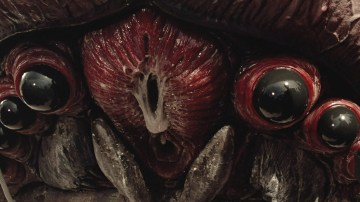

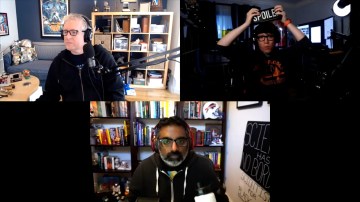
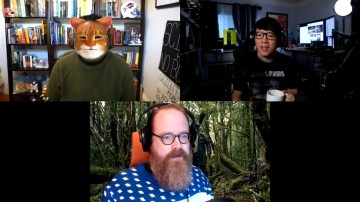

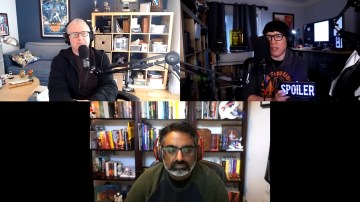
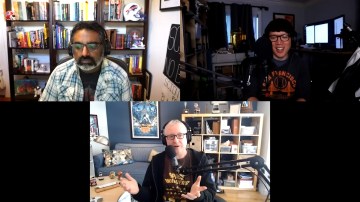

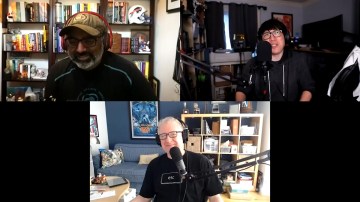
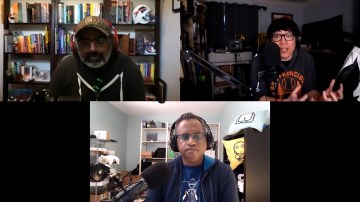
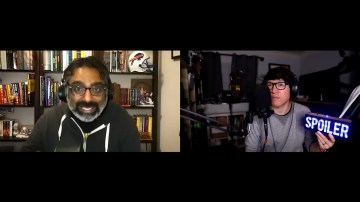
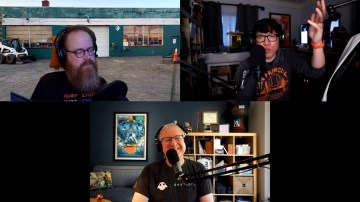
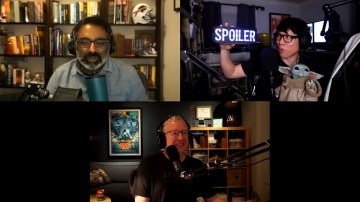
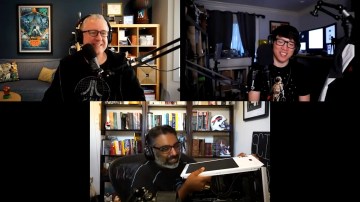
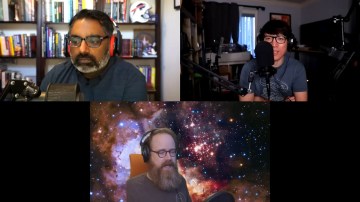



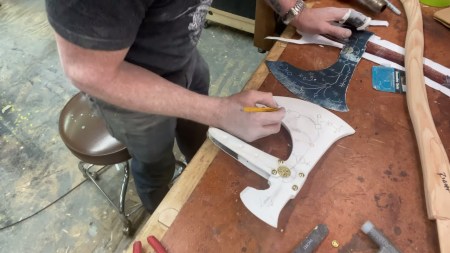







As a budding type designer i’ve got a fair collection of book on the subject, and whilst i can recommend a number of books on the subject of designing type, I think the book which stands out for me is 26 Characters. Whilst not specifically documenting the technical process of designing typefaces, it chronicles the steps taken by Dalton Maag to design a cross platform, multi-lingual typeface for Nokia.
The reason I recommend this book is because of the information contained in the book which is unspoken. If you study the visual language and presentation of the information within this book you can piece together the nuances of designing letterforms by just looking at the ‘pictures’. This book is an invaluable visual primer which will help you both determine and understand the relationships between characters— and more importantly—the vitally important differences between them.
For those who are interested in the subject, I think this book is a solid entry down the rabbit hole. The information is in this book you just have to figure it out—perfect for problem solvers like the tested community.
When I left school, in nineteen hundred and eighty seven, I should have gone into Graphic Design, but back then it was still pen on paper with scissors and glue, and I hated that stuff. I am so klutzy with practical physical items. But then ten years later Design was fully embedded in computers, and then I would’ve been ideally suited for the industry. Instead I was already into Website Design so thought that was my future. I had a great job doing that, and slowly introducing more Graphic Design elements as it evolved (DVD covers and menus, for instance), and then when I left that job I tried a new career path.
The upshot was that I managed to miss out on getting a Design qualification because circumstance precluded it, and by the time I realised I should get one I couldn’t afford it anymore. So it’s a hobby but not a viable career, unless luck falls in my lap sometime soon.
pic of Adam’s drafting table!
My degree is in Graphic Design and it’s definitely informed everything I’ve done since. One misconception people often have is that graphic design is a predominantly subjective practice. That is, that it’s just taste and opinion. This is untrue. While taste and subjectivity are definitely part of the work, there are consistent design principles that underpin the work and constrain it in really important ways. I bring this up because it means that learning graphic design is a lot more accessible than people might think. It’s not a black box full of mysteries. Like most things it’s half a dozen foundational principles and lots of practice.
If you can get a basic grasp of typography, rhythm, repetition, scale, some basic color theory, and a basic grasp of the tools, most people can up their design game really quickly. Like most things, there’s a basic literacy that’s available to anyone who is willing to spend a few hours being curious.
Despite its predominantly digital tools these days, graphic design is one of those things that benefits greatly from going hands-on. That is, even if you’re manipulating a piece of type using digital tools, you will come to understand it better by doing that manipulation yourself, rather than just keying in a letter spacing value into your software. So much of it is pattern recognition, and the only way to get those patterns into one’s mind is to do the work.
I don’t have any book recommendations, but I do have an exercise anyone can try if they want to better understand graphic design while simultaneously learning how to use the tools. In many graphic design schools, one of the first exercises is to take something good and recreate it as precisely as possible. This could be a piece of packaging, or a book cover, or an editorial spread from a magazine. Ideally, it’s something that uses a commonly available, keystone typeface such as Helvetica so that you can match it perfectly. That way you get hands-on experience with the tools and can start reverse-engineering the designer’s decisions. Why is the type set in these sizes? Why did they kern the ‘y’ closer to the ‘o’ in the headline? Recreating infographics and illustrations is also great practice. Your originality and creativity won’t do you much good if you can’t actually reproduce them on the page.
In so many ways, it’s exactly the same concept as replicating a movie prop. Relieved of the burden of actual production and design decisions, recreating a prop allows you to have a relationship with the object that you wouldn’t otherwise have. You’ll understand it at a much deeper level. You come to see the story of the object. You can do the exact same thing with recreating a movie poster or vector illustration.
The first complex computer chips were designed on drafting tables and made using tools and processes from graphic design. In the late 70s, Intel techs were cutting and manually peeling Rubylith, a graphic design masking film, to make the 8086 processor and memory chips. The same was done for the 6502 and early Motorola chips.
Check this out, starting around page 6: https://www.intel.com/content/dam/www/public/us/en/documents/research/2001-vol05-iss-1-intel-technology-journal.pdf
true dat, regarding the misconception that graphic design is all subjective. what made the examples they quoted in the podcast great (like the NYC subway map), is that they are solutions to problems. that is, they include an analysis of what the task at hand is, who is facing it, and what factors are currently impeding effective and efficient use.
sure, the end results look pretty on their own, and they have been made by minds with honed taste as well as honed skills. but they are very much things that live and die by their usefulness. the proof of the pudding is in the eating.
book recommendations:
* robert bringhurst: the elements of typographic style. as typesetting manuals go, it’s somewhat opinionated on convention, but it’s a really good go-to for how to put text on a page (or equivalent) so that it is legible and conducive to the text.
* christobal henestrosa, laura meseguer, jose scaglione: how to create typefaces from sketch to screen. a very hands-on and approachable book on how to design letter shapes and typefaces. it literally starts with pencil sketches on paper, considerations on how to make letters look readable and belonging to the same family, necessary alterations to make things look right rather than be technically accurate, etc.
and finally, a climbing-related recommendation:
former pro climber magnus midtbø from norway has a really good youtube channel. what norm mentioned about watching stuff about who started what, and how practises developed made me think of a video magnus did in jordan, interviewing german climbing legend alexander huber. (who, together with his brother, basically unlocked yosemite as a free climbing location.) the interview is very informal, very quiet, just two people talking about the time when sports climbing was turned into what we think of it today, the death of old colleagues and trailblazers… and there’s also gorgeous climbing shots.
https://www.youtube.com/watch?v=aSepsUJKdHs
Been a designer for 12 years, these days my day-job work is 100% digital, primarily in user experience and interaction design rather than the editorial work, though I still do a fair bit of style-guide/branding stuff.
These days, the company-sustainability-report microsite has taken the place of the annual report 🙂 they have budget, are mandatory, above-average creative freedom (they tend to be single-use designs)… I’ve gotten to do a few in my career, and they are always great fun!
–
It is hard to recommend books, as the field is so wide, and what works for one person is different to what works for another. For someone new to the field, I recommend getting the classics. Bringhurst’s Elements of Typographic Style (excellent reference), Brockmann’s Grid Systems (great for discipline and practice, though unless you are designing photo-books it is unlikely to be practical for book design these days). For typography enthusiasts, I can’t recommend Revival Type by Paul Shaw enough.
Like NathanielSaltzmann says, get the basics, practice them, study things you like, reproduce, then apply your skills and learnings. There no other way to get going.
interesting episode but wil needs to diet and exercise more
thanks for the recommendations!
How to Create Typefaces from Sketch to Screen is a fantastic recommendation from If anyone picks this up i’d suggest some further reading in preparation for this book; The Stroke (Gerrit Noordzij), Theory of Type Design (the late, great, Gerard Unger), Letters of Credit (Walter Tracy) and Inside Paragraphs (Cyrus Highsmith).
WHAT Adams mum was in town and she wasn’t on the podcast
I’m slightly disappointed as Adams mum is a great guest
In 1989 this was my go to book. It’s still an amazing resource and I can’t bring myself to get rid of it (or any book for that matter)
Just wanted to say thank you for the “rabbit hole”…Although I am not and have never been a climber. These were a very interesting series of looks inside the sport.
Suggested watching order:
Valley Uprising
Meru
Free Solo
Calling Illustrator “shitty Photoshop” is like calling Steph Curry a “shitty neurosurgeon.”
PS – Because of the subject, this is one of my favorite Still Untitled episodes yet
Erik Nitsche’s “Atoms for Peace” art for General Dynamics Annual Reports
http://blog.graphis.com/erik-nitsche-and-general-dynamics/
The first half of the podcast was high-octane nostalgia fuel.
Somebody show Norm an adjustable ruling pen or a sheet of Letraset press type.
I used to be quite proefficient with Corel Photo Paint. Did all my textures for a aircraft project on Flight Simulator.
Your comments on typography reminds me so much about when I took Crystal chemistry in uni. Our professor warned us about the classes on pattern identification. He said : after these classes, you’ll never look at a wallpaper or curtain the same way. We did our initial training mainly on Japanese textile patterns and to this day I can’t help but try to identify all the mirror planes, rotation points and unit cells of all patterns I see. It is a curse, but a rather fun one.
Guys, I’ve reached a breaking point. I had to sign up for a Tested account just to say this! I can’t keep up with all your movie and book and TV show recommendations!!!D
Seriously though, has anyone tried indexing these podcasts? So many times I’m listening in the car and try to set a reminder for myself to watch this movie or find that other podcast they mention. It would be amazing if someone has a list somewhere!